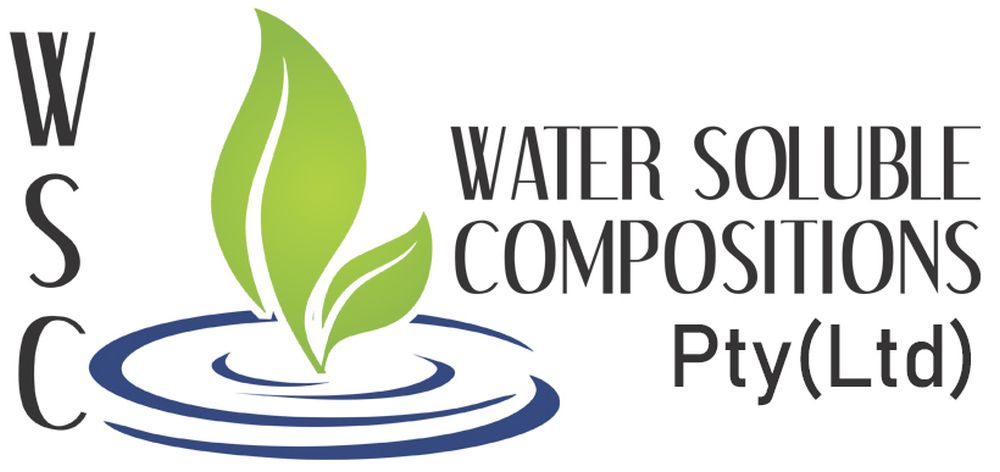By yoav ronen – Haifa Group
1.Zinc deficiency effects both plant yield and human health.
With more than 9 billion people expected to populate earth by 2050, zinc deficiency in plants is becoming a growing concern, both for plant health and public health, especially children’s health.
Thus, zinc fertilization plays a crucial part in obtaining sufficient yield to feed the growing population, and improve the diet of billions, since the zinc in the plants is absorbed by humans.
As a result, there’s a growing demand for Zinc as micronutrient in agriculture [see report: http://bit.ly/1pamYCw
2.Wheat, corn, rice, cotton and citrus, are more sensitive to this deficiency than others
Although Zinc deficiency can affect many crops, certain ones, such as wheat, corn, rice, cotton and citrus, are more sensitive to this deficiency than others. It is estimated that half of the cereal growing soils suffer from Zinc deficiency, thus crucially becoming a threat on human health, especially children’s health, in Zinc deficient regions.
3.Soil testing is the best method to assess zinc disorder
Since hidden zinc deficiency can cause major yield loss, soil testing is the best method to assess zinc disorder. Plant tissue analysis, alongside visual inspection, is a complementary method. For example, maize that suffers from zinc deficiency will develop white or yellow stripes parallel to the midrib on the young leaves.
4.Zinc fertilization plays a crucial part in obtaining sufficient yield
With the right fertilizers, zinc deficiency in plants can be overcome. Plants normally need a small amount of Zinc (20-100 ppm).
5. Soil application of zinc fertilizers is the best method for correcting deficiencies
6.Foliar application serves as a complementary approach.
Correcting zinc deficiencies by fertilizers is not only a way to increase yield, but a way to improve the health and lives of many.
